Jaguar Offers New Limited Edition and a New Direction
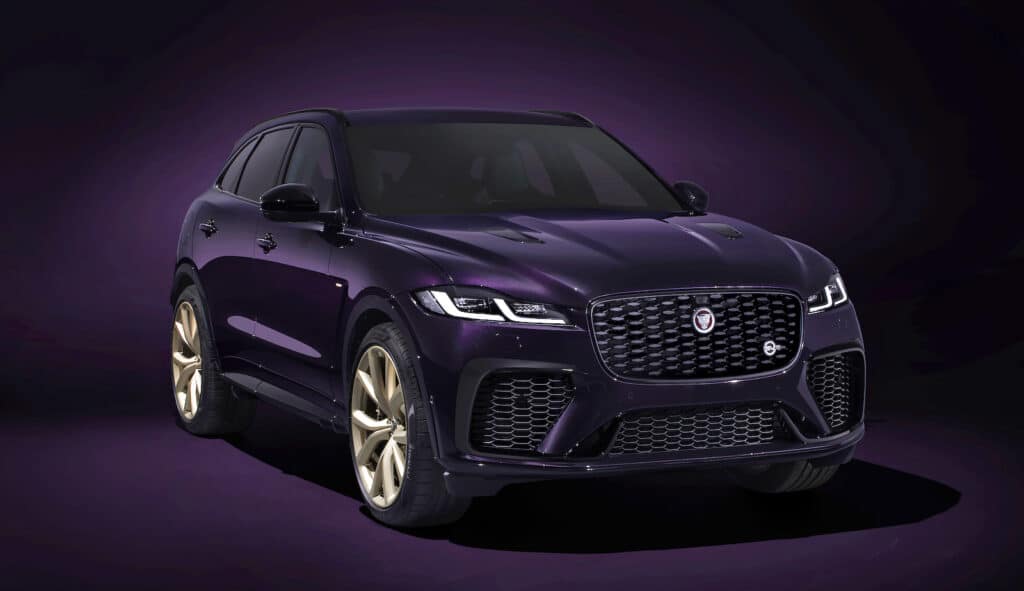
For the first time, Jaguar’s highest-performance SUV, the F-Pace SVR, gets a new special edition, Jaguar revealed Tuesday.
The new model, dubbed the F-Pace SVR Edition 1988, is the sort of package Jaguar officials will be employing until 2025, when the company transitions into an all-electric brand. Until then, Jaguar will offer a slew of special trim packages in hopes of sustaining sales.
Inspired by Jaguar racing

Created by Jaguar’s SV Bespoke division, the Edition 1988 is limited to 394 units, and is the first special edition of their pinnacle flagship SUV.
The Edition 1988 features special amethyst paint, gold satin 22-inch forged alloy wheels and logos, along with gloss black finishes on the door mirror caps, brake calipers and wheel center caps
Richard Woolley, creative director for Jaguar’s Special Vehicle Operations, said the model was inspired by Jaguar endurance racing cars, specifically the XJR-9 LM that won the 24 Hours of Le Mans in 1988.
The inside story

Inside, the cabin is detailed with gold satin on the dashboard, steering wheel spokes, gear shift paddles and the heated and cooled front sport seats are finished in semi-aniline ebony leather upholstery. Other standard equipment includes a sliding panoramic roof, head-up display, wireless device charging, Amazon Alexa integration and the latest version of Jaguar’s Pivi Pro infotainment system.
As with other F-Pace SVRs, this one is powered by 550-horsepower 5.0-liter supercharged V-8 engine, that accelerates from 0 to 60 mph in 3.8 seconds on its way to a 178-mph top speed.
The Jaguar F-Pace SVR Edition 1988 will be shown alongside the 1988 Le Mans-winning XJR-9 on Special Vehicle Operations’ display at the 24 Hours of Le Mans, June 8-12. It will make its first run at the Goodwood Festival of Speed on June 23-26.

The Jaguar F-Pace SVR Edition 1988 is available now, priced from $110,000 in the U.S., not including a $1,150 destination charge.
Jaguar’s holding pattern
For Jaguar, limited editions will become the new normal, as all-new vehicles aren’t expected until 2025, when the brand is expected to transform into an all-electric line-up. Special editions can stoke sales of sporty cars, even if they’re older. Just consider what Dodge has done, or Porsche, for that matter.

But they don’t bring a long-term gain to an aging portfolio, something that Jaguar is going to have to live with for a couple years.
What’s surprising is that Jaguar has had an all-electric model, the I-Pace, since 2018. Yet the next electric vehicle that was planned, a battery-electric XJ sedan, was recently canceled at the very last minute.
From those who have seen it, the adjective most often used to describe it is stunning. Given that Jaguar is jumping into electrification, an all-new electric flagship could have been the perfect product to broadcast its intentions and cement the top of the line-up. Developed for a reported $1.2 billion, the car was ultimately scrapped because people aren’t buying cars, particularly full-size luxury cars.
Still, it would have given the brand fresh product at a time when the brand has little else to show. And as Jaguar’s second EV, it would be something to sell alongside the I-Pace.
Why did it happen?
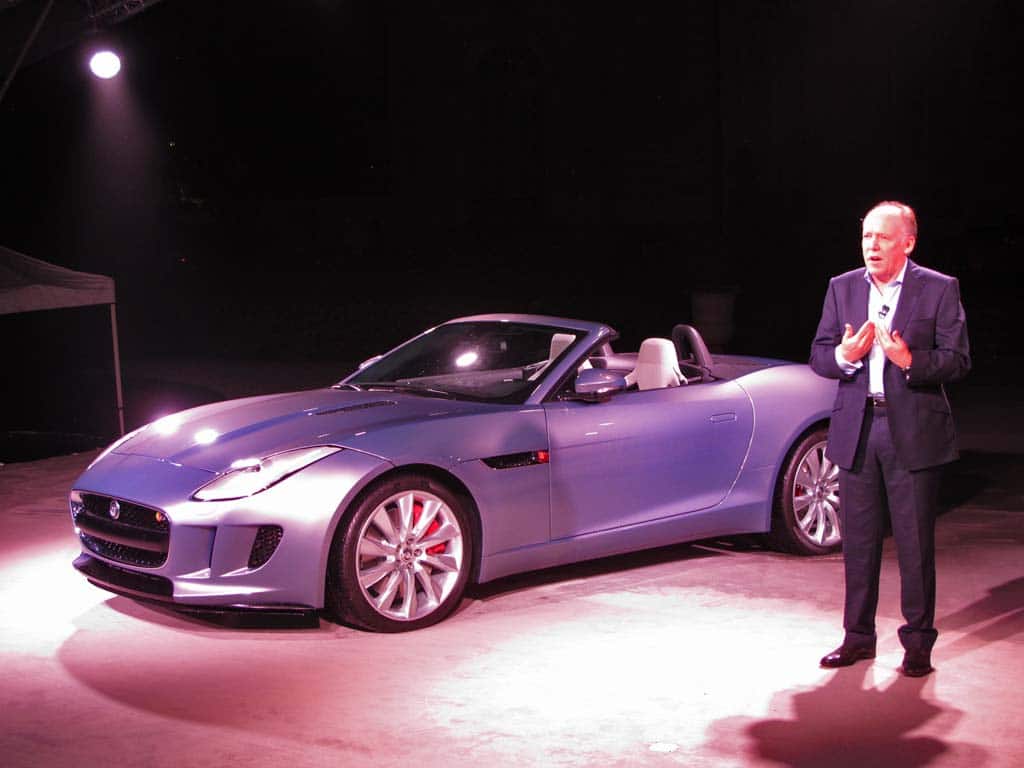
While the reasons for the XJ’s cancelation remain unclear, a lack of demand in this segment for sedans may be one of them. Another might be a lot simpler: a change of design leadership.
With the retirement of Jaguar Design Director Ian Callum in 2019, Land Rover Design Director Gerry McGovern is now overseeing Jaguar as well. Would McGovern have been enthusiastic about the first product released under his stewardship actually have been created by his predecessor? It seems doubtful, although it happens all the time in the auto industry. The current Chevrolet Corvette’s design was finalized under former design chief Ed Welburn. His successor, Michael Simcoe, simply brought it to market.
So the reason for the XJ’s demise seems elusive for now.
An old tradition
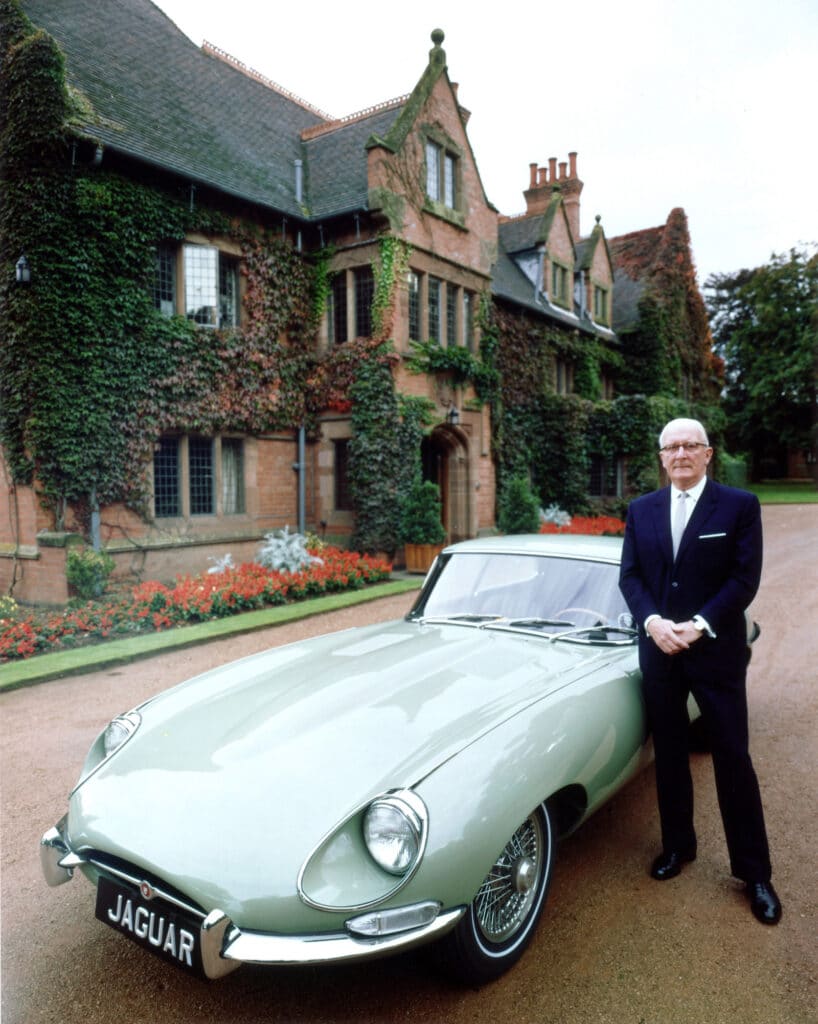
But Jaguar has seen periods of stagnation before.
When Jaguar founder Sir William Lyons retired in 1972. The once-independent British automaker suffered under the hands of it corporate overlords at British Motor Corp.
By the 1980s, the once-independent British automaker, owned by BMC since 1966, was bleeding money. Its reputation for excellence in design and manufacturing was dead after decades of neglect under BMC. As a result, Jaguar could do little but conservative updates of its XJ-S and XJ6 models.
“It almost became a standing expectation that a new Jaguar should look like an old Jaguar,” said recently retired Jaguar design director Ian Callum, in a 2018 Tribune News Service interview. “Every car he did was different; people forget that; a Mark II didn’t look like an XJ-6.”
Ford steps in
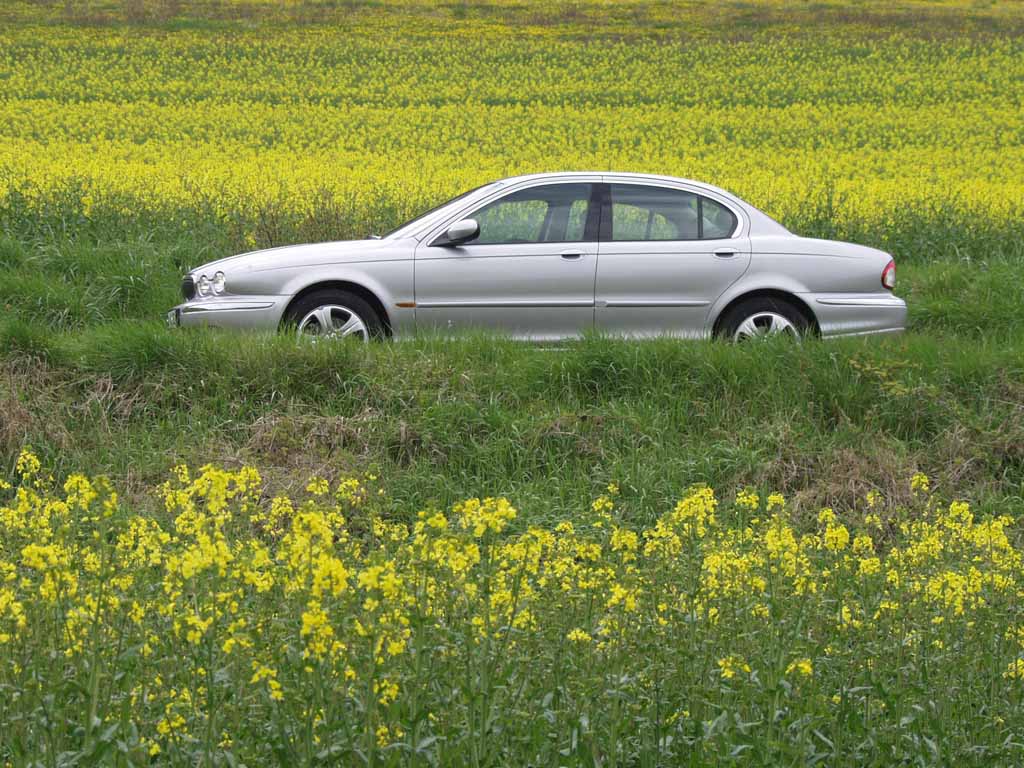
With Jaguar’s acquisition by Ford Motor Co. in 1999, the company gained a new lease on life as quality improved markedly as manufacturing was upgraded and Ford exchanged Lucas Electrics for those made by Denso Corp., which is 25% owned by Toyota.
Always a boutique automaker, Ford had hoped to transform Jaguar into something it never had been: a volume luxury brand to compete with Mercedes-Benz and BMW. But design director Geoff Lawson continued to create cars with a retro edge, something that changed once Ian Callum took over as design director in 1999 following Lawson’s untimely death.
A fresh design approach
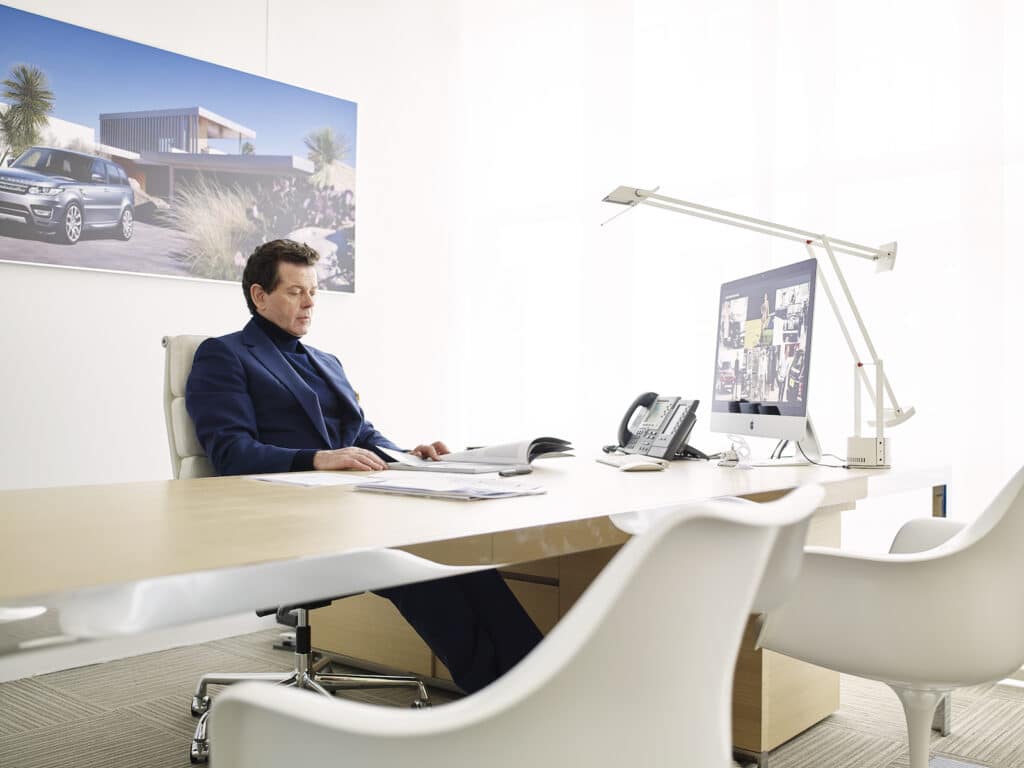
Using the 1968 Jaguar XJ6 as a template, Callum took away the sinuous, sexy lines and exaggerated proportion the brand is known, instilling a new design language that broke away from the past with a pervasive modernism that saw the leaper hood ornament eliminated, interior wood trim banished and British racing green removed from the list of color choices, much to the chagrin of the Jaguar faithful.
But it worked. Jaguar sales have climbed steadily, reaching a high if 39,594 units in 2017, up from 7,021 cars in 2009, when Tata first arrived. But sales have sunk since then, totaling 17,332 units in 2021, a 56.2% decline from four years earlier. While some of the drop can be attributed to the Pandemic and the semiconductor shortage, the rest can only be ascribed to a design direction that no longer works.
It’s more difficult to do good design than new design. I can do a new design easily,” Callum said. “To do a good new design is the most challenging thing.”
What comes next under new design chief McGovern, aside from electric propulsion, is anyone’s guess. But its success couldn’t be more crucial. With its relatively small volumes, one wonders if Tata Motors, Jaguar’s corporate parents, will continue to feed the kitty if its line of EVs doesn’t meet sales expectations.
Auto Lovers Land
Comments
Post a Comment